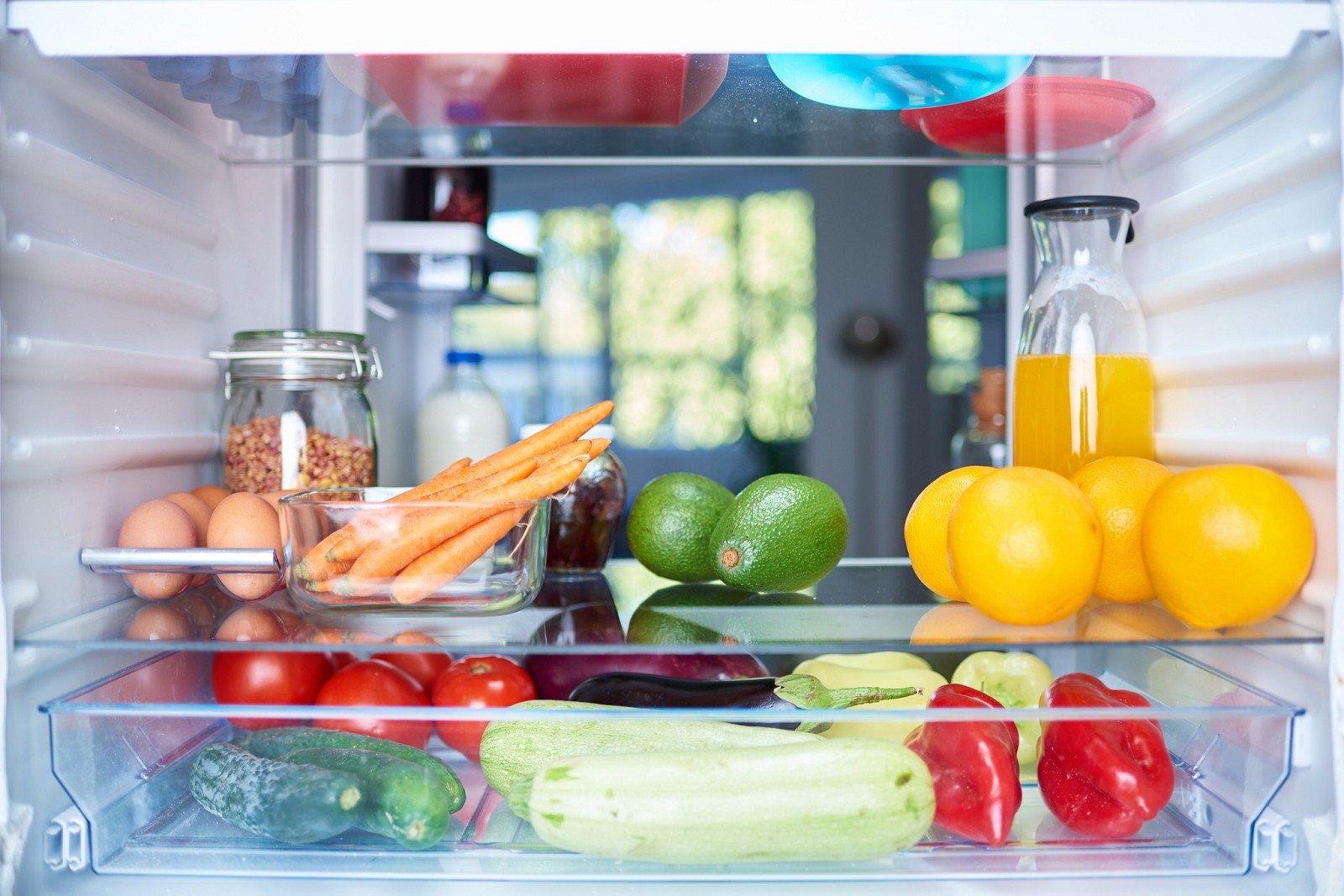Minimize Food Waste, Maximize Health
Published Monday, June 6, 2022

Minimize Food Waste, Maximize Health
By Caitlund Davidson, Health Promotion and Communications Planner
With rising grocery prices and its impact on global warming, food waste is a topic of interest for many of us. Unfortunately, we often waste food because we bought too much, cooked too much or didn’t store it correctly. Prevention and Screening Clinical Services at Thunder Bay Regional Health Sciences Centre recently hosted a virtual Healthy Get-Together on the topic of food waste. During this session, Registered Dietitian, Holly Freill, shared her tips and tricks to cut down on household waste to maximize the health of our planet and our budget.
What is food waste?
Food waste refers to any food that is not eaten and thrown away. Avoidable food waste makes up around 63% of household food waste and includes food that at one point could have been eaten such as vegetables, fruit, leftovers, bread and eggs. Some food waste is unavoidable – this is the food that can’t be eaten including bones, shells and coffee grounds.
How does food waste contribute to global warming?
Estimates suggest that 8-10% of global greenhouse gas emissions are associated with food that is not consumed. It would take about 2.8 billion trees to capture carbon dioxide, a greenhouse gas, released from wasted food in Canada. Additionally, as fruits and vegetables rot in the landfill or elsewhere, they produce methane gas, which is even more potent than carbon dioxide’s impact on global warming. Fortunately, composting is one way to help prevent the creation of methane. Rather than generating methane, the composting process converts organic material into stable soil carbon, while retaining water and nutrients of the original waste matter.
What are some ways we can reduce inorganic food waste?
Consider having reusable bags while making your selection in the produce section of the grocery store, not just the check out. Produce like celery, bananas, and cucumbers do not need to be placed in individual plastic bags. Another good option to consider is food share options where food is often boxed all together with less plastic. Finally, when you are at the grocery store, make selections based on packaging. Look for items that aren’t wrapped in single use plastics.
What is the financial impact of food waste?
The average Canadian household will have approximately 140 kilograms of wasted food per year which can add up to over $1300. With food prices rising, investing time in avoiding waste can lead to significant savings.
How should leftovers be handled to ensure we don’t get sick from eating them?
To prevent foodborne illness, leftovers should be kept between 4°C (40°F) and 60°C (140°F) and should not be left out for more than 2 hours. Refrigerated leftovers should be eaten within 2 to 3 days, or alternatively, you can freeze them. Before eating your leftovers, they should be reheated to a safe internal temperature of 74°C (165°F).
How do we know when food should be thrown out?
Be cautious about what is thrown away. “Best before” dates can be misleading. While mold is a definite sign that something belongs in the garbage, it is not necessary to throw out foods that are slightly past their prime. Greens and vegetables may slightly soften or wilt when they are just past ripe but they would be perfect for soups, smoothies, or baked dishes. For example, old carrots can be pickled, turned into carrot soup or grated and added to a quiche or pasta dish.
The Healthy Get-Together provides information about chronic disease prevention strategies and healthy living in a fun and engaging way. These sessions are held bi-monthly and feature guest speakers from our Hospital staff or community experts.
To learn more about how you can reduce food waste or to view past Healthy Get-Together sessions, visit www.tbrhsc.net/healthy-get-together-links.